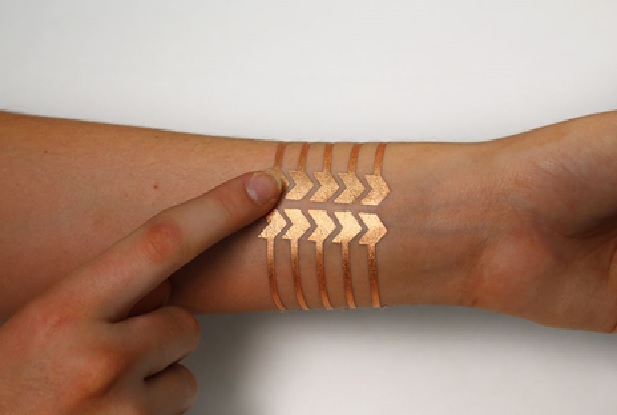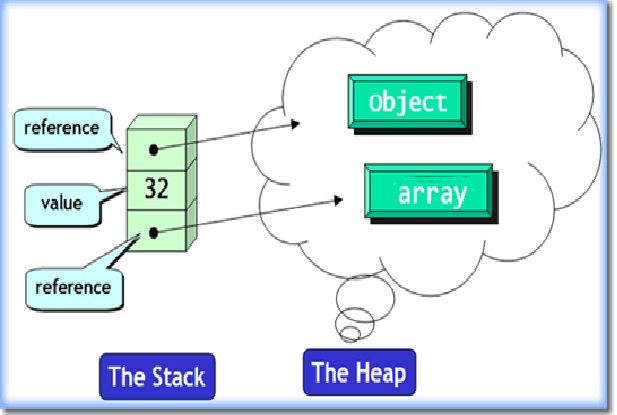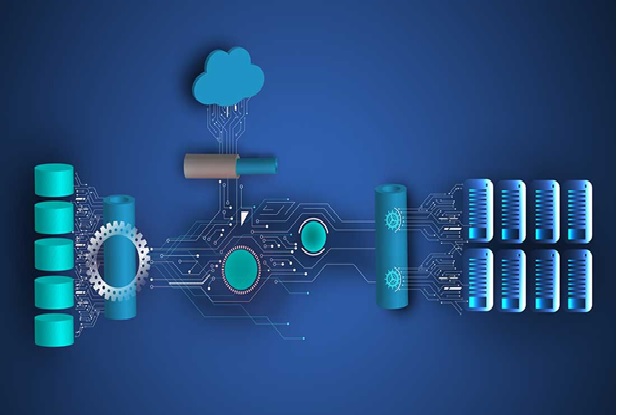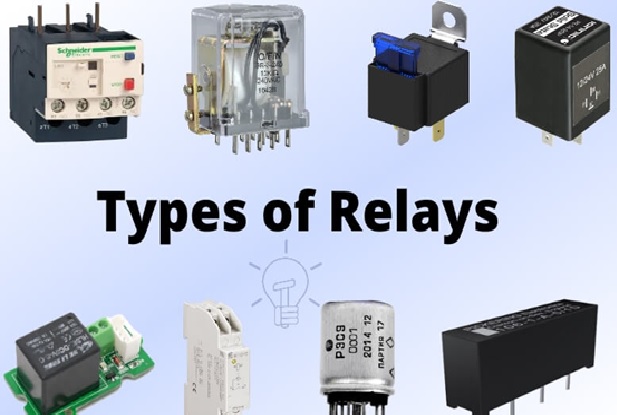Rain Technology Architecture
RAIN (also called channel bonding, redundant array of independent nodes, reliable array of independent nodes, or random array of independent nodes) is a cluster of nodes connected in a network topology with multiple interfaces and redundant storage. RAIN is used to increase fault tolerance. It is an implementation of RAID across nodes instead of across disk arrays. [1]
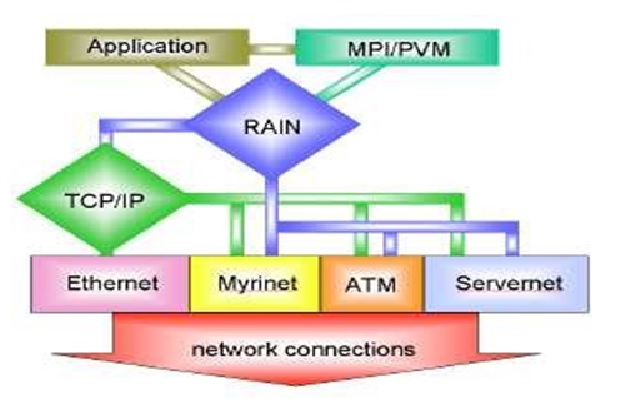
Figure 1. The Rain Technology Architecture
Figure 1 we consider several applications implemented on RAIN platform based on the communication, fault management and data storage building blocks: a video server (RAIN Video), a web server (SNOW), and a distributed check pointing system (RAIN Check). https://lucidoutsourcing.com/blog/rain-technologyThe focus of the research was on high-performance, fault-tolerant and portable clustering technology for space-borne computing. [3]
The guiding concepts that shaped the architecture are as follows:
1. Network Applications
The architecture goals for clustering data network applications are different from clustering data storage applications. Similar goals apply in the telecom environment that provides the Internet backbone infrastructure, due to the nature of applications and services being clustered.
2. Shared-Nothing
The shared-storage cluster is the most widely used for database and application servers that store persistent data on disks. This type of cluster typically focuses on the availability of the database or application service, rather than performance. Recovery from failover is generally slow, because restoring application access to disk-based data takes minutes or longer, not seconds. Telecom servers deployed at the edge of the network are often diskless, keeping data in memory for performance reasons, and tolerate low failover time. Therefore, a new type of share-nothing cluster with rapid failure detection and recovery is required. The only way for the shared-nothing cluster to share is to communicate via the network.
3. Scalability
While the high-availability cluster focuses on recovery from unplanned and planned downtimes, this new type of cluster must also be able to maximize I/O performance by load balancing across multiple computing nodes. Linear scalability with network throughput is important. In order to maximize the total throughput, load load-balancing decisions must be made dynamically by measuring the current capacity of each computing node in real-time. Static hashing does not guarantee an even distribution of traffic.
4. Peer-to-Peer
A dispatcher-based, master-slave cluster architecture suffers from scalability by introducing a potential bottleneck. A peer-to-peer cluster architecture is more suitable for latency-sensitive data network applications processing shortlived sessions. A hybrid architecture should be considered to offset the need for more control over resource management. For example, a cluster can assign multiple authoritative computing nodes that process traffic in the round-robin order for each network interface that is clustered to reduce the overhead of traffic forwarding. [2]
References:
- https://searchdatacenter.techtarget.com/definition/RAIN
- https://www.seminarsonly.com/computer%20science/Rain%20Technology.php
- https://lucidoutsourcing.com/blog/rain-technology
Cite this article:
Thanusri swetha J (2021),Rain Technology Architecture, Anatechmaz, pp. 63





